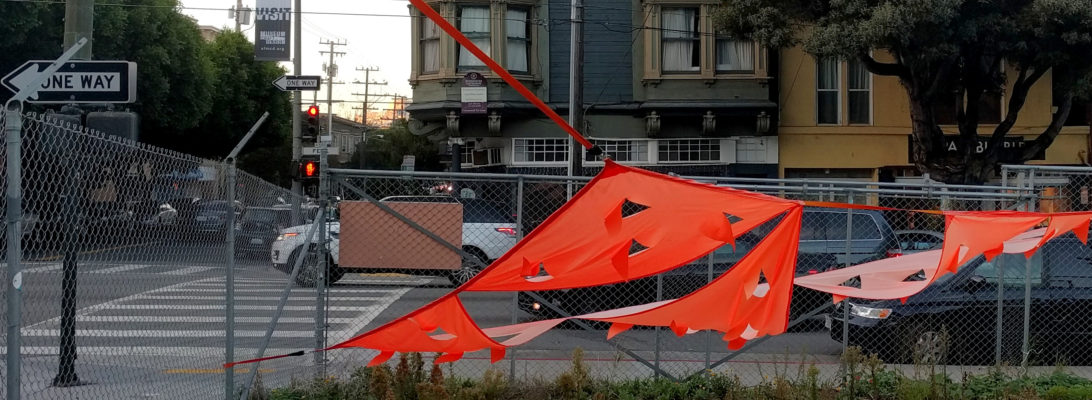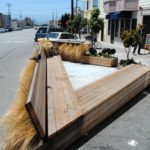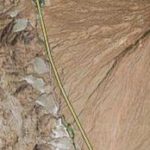I was walking on Baker Street today and after yesterday’s rant about better use of sidewalks, pedestrian zones and permeable surfaces, I was surprised to notice that the sidewalk was even wider than I thought. I counted eight pavers from the edge of the buildings to the street. I don’t know for sure, but if I remember correctly, it looked to be about 30 inches per paver – making that a almost TWENTY FOOT WIDE sidewalk! Imagine what a boon for non vehicular traffice and pedestrian public space/street usage this would be if you could do anything but walk (or slog, if it’s raining) on it! Baker is already a pretty wide street with a bike lane too! Of course, there was a requisite expensive, oversized car pulled into “their driveway” – AKA the ENTIRE sidewalk – because they couldn’t fit in their garage. I had to literally climb onto the kerb to get around it (there were two twenty-somethings inside giggling over their iphone who didn’t even see me or a previous pedestrian…gag me). In any case. I was so surprised to see all that unused sidewalk space!

This is a photo of Masonic Avenue, a few blocks away from Baker courtesy of SFCitizen – I didn’t have my phone on me.
I wonder if anyone can tell me what was the motivation behind the wide – but completely underutilized – sidewalks? There is only one “sidewalk cafe” at the corner of MacAllister, a coffee house that usually has a good group sitting outside enjoying the sunshine and their books. Why can’t we have more places to sit and enjoy outdoor space? Seeing all that paved over space – impermeable, heat absorbing, ugly – in a city with such a space premium, is such a shame. Especially for all those poor renters who aren’t privileged enough to enjoy access to a personal yard, deck, patio or garden. There’s hardly any pedestrian traffic on this street, it usually looks fairly clean, and I can’t see any reason not to tear up some of those pavers and try something different. sf I look forward to finding out more soon, and hopefully doing something better with some of those “extra wides”! Hope to engage with Plant*SF soon and meet some folks there. Here’s some examples of their work, but we need WAY more!





